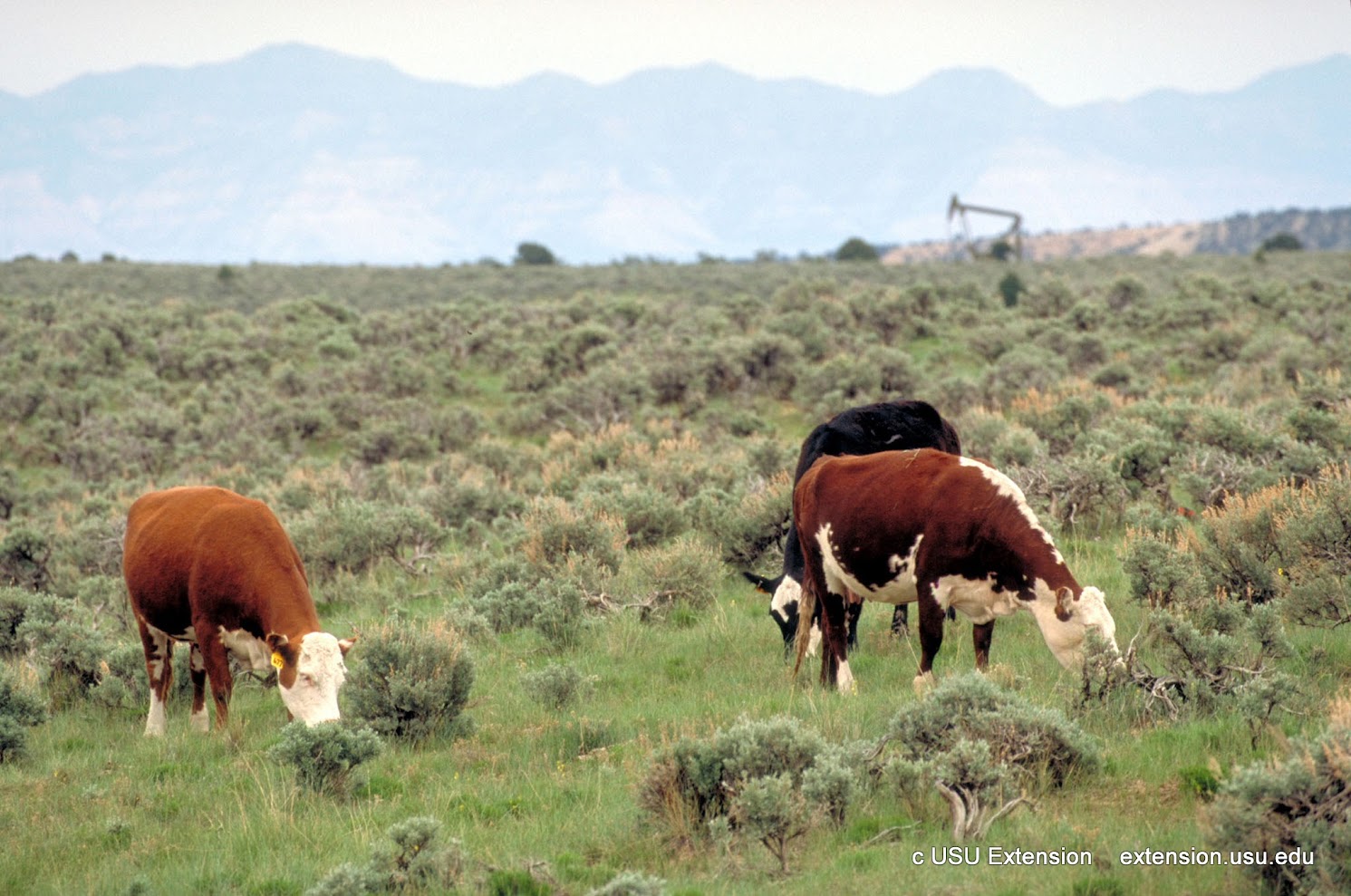The Benefits of Animals Danger Protection (LRP) Insurance Coverage Clarified
Animals Threat Defense (LRP) insurance serves as a critical device for animals manufacturers browsing the uncertain surface of market changes and unexpected losses. The true worth and complexities of this insurance policy instrument go much beyond mere security-- they symbolize a positive approach that can redefine the landscape for livestock manufacturers.
Financial Defense Versus Market Volatility

LRP insurance policy provides producers with a valuable device to manage cost danger, providing insurance coverage that can aid offset potential losses arising from adverse market movements. This insurance coverage enables producers to secure in a guaranteed rate for their animals, supplying a level of certainty in an or else unstable market. By protecting against unexpected price drops, manufacturers can much better intend and allocate their procedures, eventually improving their monetary stability and resilience when faced with market unpredictabilities. Basically, LRP insurance coverage functions as a positive risk monitoring strategy that empowers animals producers to browse the obstacles of a vibrant market landscape with higher self-confidence and safety and security.
Protection for Unforeseen Losses
Animals Danger Protection (LRP) insurance coverage supplies comprehensive protection to secure livestock manufacturers versus unexpected losses in the volatile market landscape. This insurance gives security in instances where unexpected events such as condition outbreaks, all-natural calamities, or substantial market value variations can lead to monetary difficulties for animals producers. By having LRP protection, manufacturers can mitigate the threats associated with these unanticipated conditions and make certain a level of economic security for their procedures.
Among the essential advantages of LRP insurance coverage is that it enables producers to tailor their coverage based upon their details needs and run the risk of tolerance. This versatility allows producers to tailor their policies to secure versus the kinds of losses that are most appropriate to their procedures. In addition, LRP insurance uses an uncomplicated claims procedure, helping manufacturers quickly recuperate from unpredicted losses and resume their procedures without considerable disturbances.
Risk Monitoring for Livestock Producers

One secret facet of risk administration for animals producers is diversity. By expanding their livestock profile, producers can spread threat throughout different varieties or breeds, reducing the influence of a prospective loss in any kind of solitary location. Additionally, keeping precise and in-depth documents can aid producers recognize patterns, fads, and prospective areas of risk within their operations.
Insurance coverage products like Livestock Danger Defense (LRP) can also play a critical role in risk monitoring. LRP insurance policy offers manufacturers with a safety and security net versus unanticipated rate drops, providing them tranquility of mind and economic security in times Check This Out of market instability. Overall, an extensive threat monitoring approach that incorporates insurance, record-keeping, and diversification can assist livestock producers effectively browse the difficulties of the sector.
Tailored Policies to Fit Your Needs
Customizing insurance plan to line up with the particular requirements and situations of animals manufacturers is extremely important in guaranteeing thorough risk administration methods (Bagley Risk Management). Livestock manufacturers face a myriad of difficulties unique to their market, such as fluctuating market value, unforeseeable weather patterns, and pet health worries. To attend to these risks efficiently, insurance policy carriers provide tailored policies that accommodate the varied needs of livestock manufacturers
One trick aspect of customized livestock insurance plans is the ability to tailor coverage restrictions based on the size of the operation and the kinds of animals being raised. This adaptability ensures that producers are under-insured or not over-insured, enabling them to shield their assets sufficiently without paying for unnecessary coverage.
Moreover, customized plans might likewise include specific provisions for different kinds of animals procedures, such as milk ranches, ranches, or poultry producers. By customizing coverage to fit the one-of-a-kind features of each operation, insurance providers can use extensive protection that deals with the specific threats faced by different kinds of animals producers. Inevitably, picking a tailored insurance coverage policy can provide comfort and monetary protection for livestock manufacturers when faced with unpredicted difficulties.
Government-Subsidized Insurance Policy Options
In considering risk management approaches tailored to the details needs of livestock producers, it is essential to check out the Government-subsidized insurance choices offered to reduce monetary uncertainties efficiently. Government-subsidized insurance choices play an important function in offering cost effective danger administration devices you can try this out for animals manufacturers.
One prominent instance of a government-subsidized insurance policy alternative is the Livestock Danger Security (LRP) program, which provides protection versus a decrease in market value. Via LRP, producers can insure their livestock at a particular insurance coverage level, thus making certain a minimal price for their animals at the end of the insurance coverage period. By leveraging these subsidized insurance policy options, livestock producers can improve their economic safety and security, inevitably adding to the durability of the agricultural industry all at once.
Verdict

In conclusion, Animals Threat Defense (LRP) insurance offers financial protection versus market volatility and unforeseen losses for animals producers. Government-subsidized insurance coverage alternatives even more boost the ease of access and price of LRP insurance coverage for manufacturers.
Animals Danger Security (LRP) insurance coverage offers as an important tool for animals producers browsing the unforeseeable terrain of market fluctuations and unanticipated losses.In today's uncertain market setting, livestock producers can benefit significantly from protecting financial protection against market volatility through Livestock Risk Defense (LRP) insurance policy. In essence, LRP insurance policy offers as a proactive danger monitoring technique that empowers animals producers to navigate the challenges of a vibrant market landscape with better self-confidence and safety and security.
Livestock Risk Security (LRP) insurance offers thorough protection to guard livestock producers against unpredicted losses in the unpredictable market landscape.In final thought, Livestock Threat Protection (LRP) insurance coverage provides monetary protection against market volatility and unforeseen losses for livestock manufacturers.